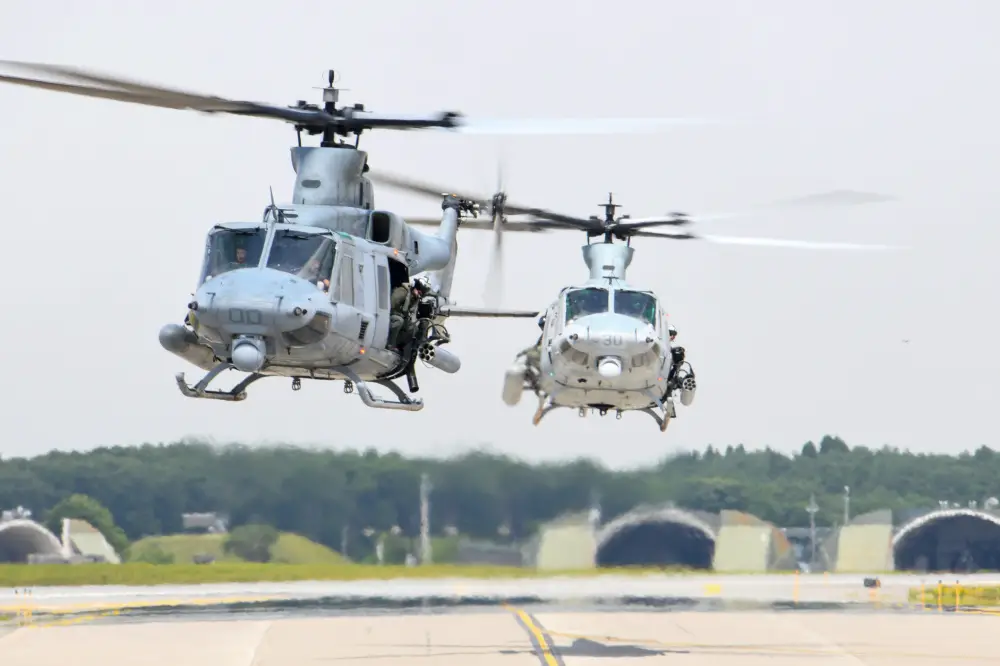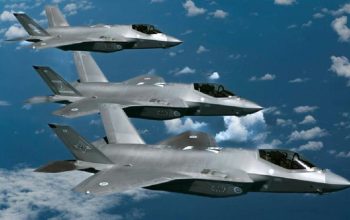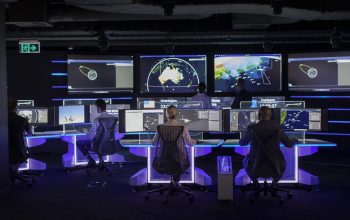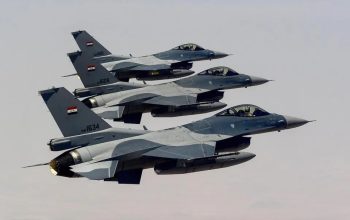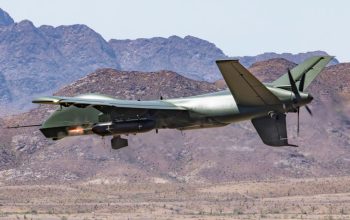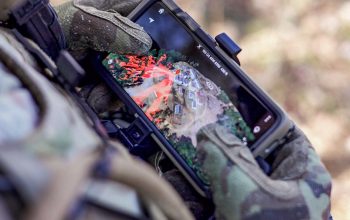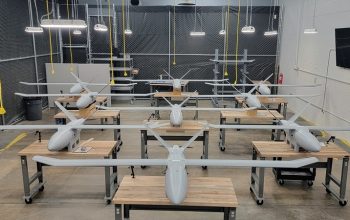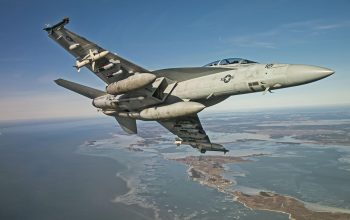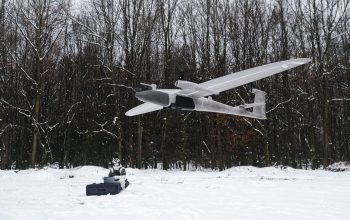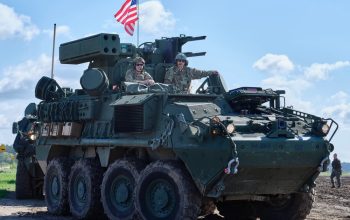Marines with Marine Light Attack Helicopter Squadron (HMLA) 169 executed one of the longest maritime HMLA self-deployment flights in 1st Marine Aircraft Wing history during exercise Tiltrotor/Rotary Wing (TR/RW) 2107. TR/RW 2107 is a unilateral exercise at Misawa Air Base, Japan that demonstrates 1st MAW’s capabilities to maintain combat-readiness in a maritime environment. Marine Aircraft Group (MAG) 36, to include Marine Medium Tiltrotor Squadron (VMM) 262 and HMLA-169 are supporting with MV-22 Ospreys, UH-1Y Venoms, AH-1Z Vipers and 300 Marines and Sailors.
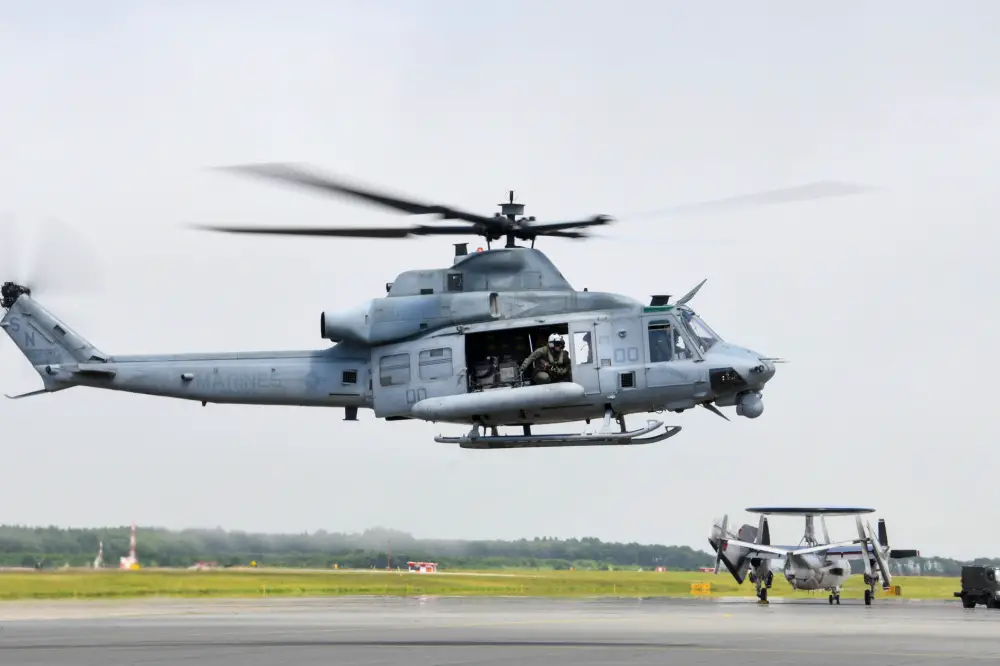
“The significance of self-deploying HMLA-169 over 1,200 miles demonstrates our ability to execute Distributed Maritime Operations under the Expeditionary Advanced Base Operations (EABO) construct. This exercise is an excellent example of the capabilities of the H-1s in the Indo-Pacific. It proves that we can range any adversary in the Pacific theater and conduct missions such as command & control, close air support, deep air support, and aerial reconnaissance with expeditionary and distributed sustainment support,” said LtCol Eric Fleming, Commanding Officer of HMLA-169.
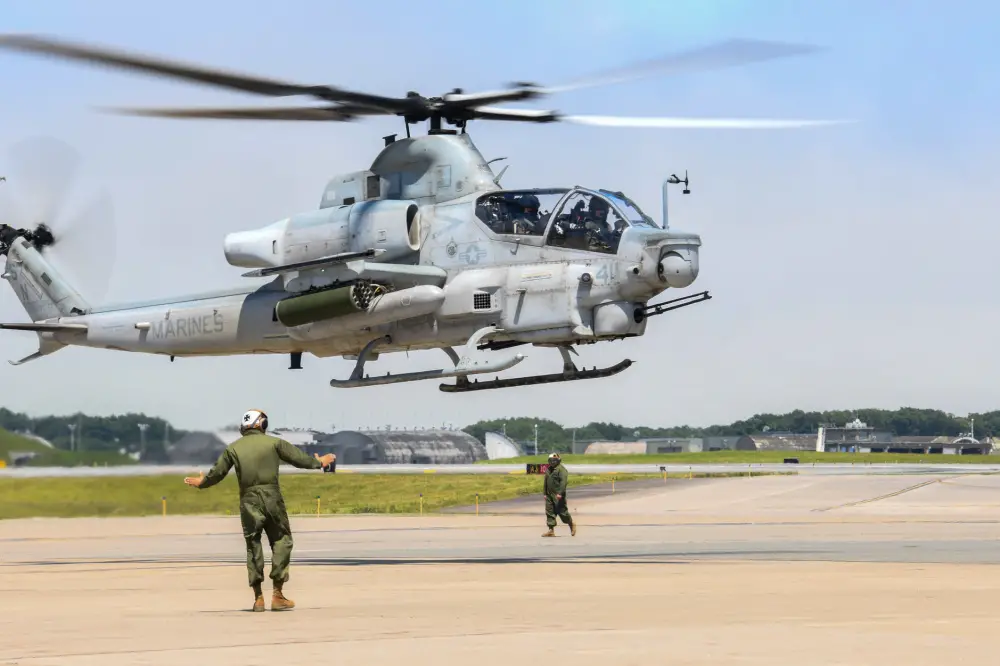
TR/RW 2107 is part of the Aviation Training Relocation Program designed to integrate air capabilities in unfamiliar environments and further develop and refine tactics, techniques, and procedures within EABO operations. For this iteration of TR/RW, the squadrons are conducting a range of training evolutions from close air support (CAS) to Ground Threat Reaction (GTR). CAS is an offensive air support mission that integrates aviation with ground combat efforts; enabling swift and mobile firepower against enemies near friendly forces.
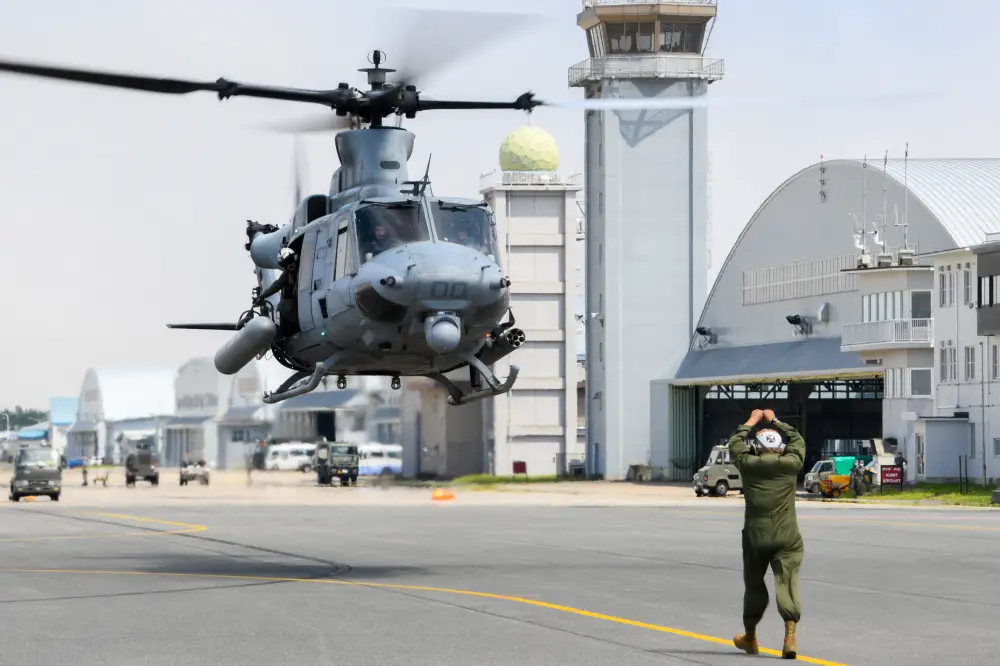
the Expeditionary Advanced Base Operations are not tied to any specific piece of terrain. The forward posture and advanced level of readiness means that 1st MAW can establish expeditionary advanced bases at the time and place of its choosing. 1st MAW trains continuously in challenging and realistic environments and scenarios. The TR/RW events provide an opportunity for 1st MAW to train in different environments and benefit from the advanced training ranges and capabilities in mainland Japan.


